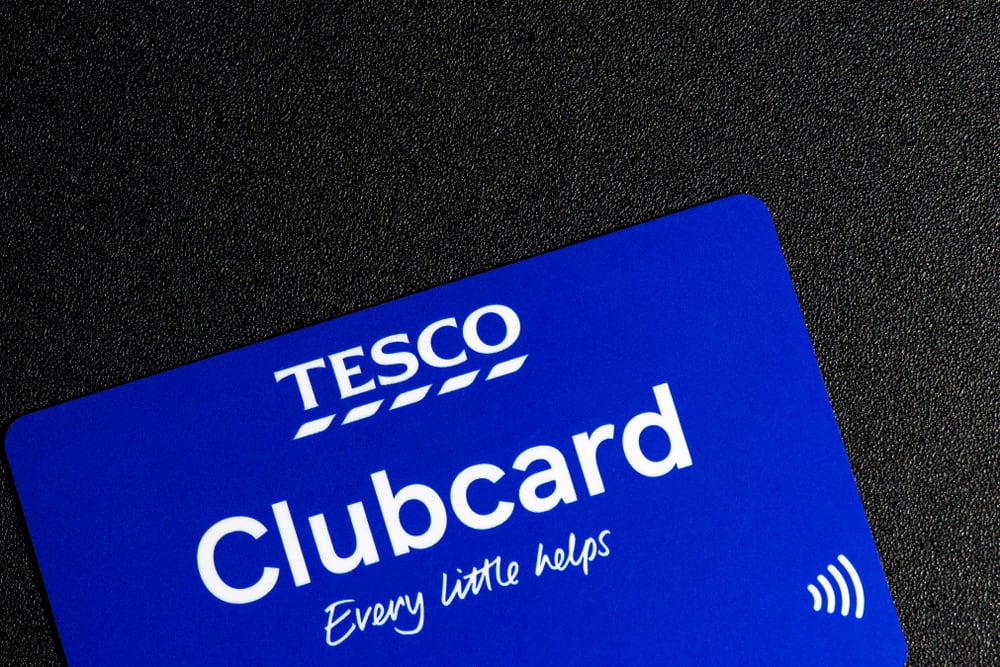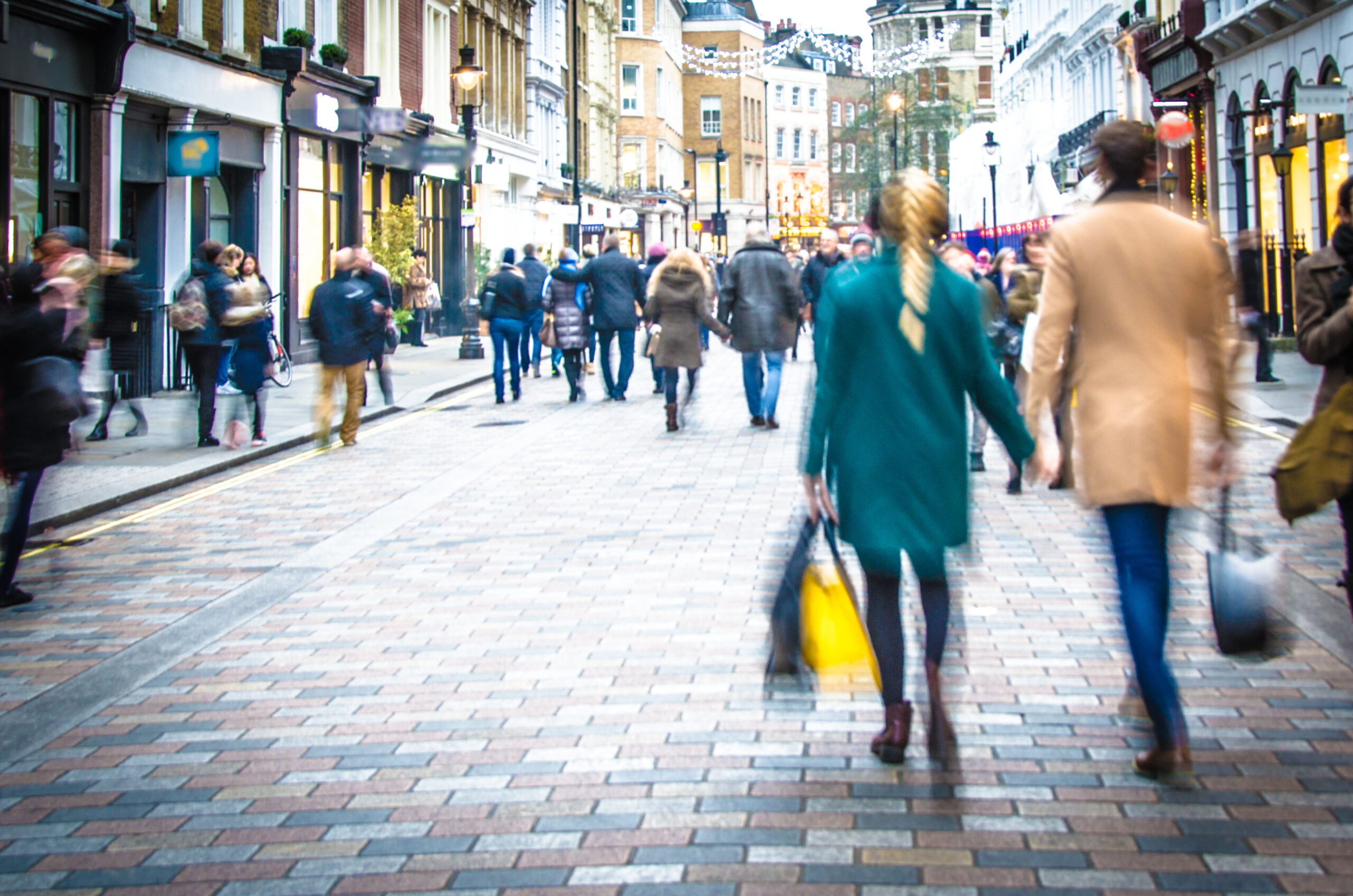At a time of economic downturn and threatened recession, shoppers across Europe are thinking carefully about what they buy and how much they are willing to pay for it.
In the UK, research has found that 73% of adults plan to cut back on retail spending in 2023.
The 2023 Spending and Saving Report: a forecast of the year ahead, from Vouchercodes.co.uk, projected that while retail spending is set to rise very slightly, from £319.79 billion in 2022 to £319.82 billion in 2023, the rise will be driven by inflation rather than sales volumes.
Instead, it found that shoppers plan to reduce non-essential spending in order to prioritise essential payments. Half plan to cut back on buying clothing, while 41% will spend less on home and garden and 36% will spend less on sportswear, respectively.
That will translate into a 6.5% fall in fashion sales, while home and garden will be down by 2.9% and sportswear by 4.4%, Vouchercodes.co.uk predicts.
This feature originally appeared in the 2023 Customer Value Chain report, click here to download
These potentially hard-hit categories include the ones that are most shopped for online.
RetailX Consumer Observatory 2022 data, covering members of the EEA plus the UK and Switzerland, suggests that fashion is by some margin the category that European shoppers most often buy online, with 60% of respondents having done so in the previous year.
Some 26.6% say they mostly buy fashion online, while 12.5% buy mostly in physical stores and 20.9% buy from both.
That’s followed by consumer electronics (41%), with a strong tendency for shoppers to prefer buying these products online (22.5%) rather than across channels (11.1%) or mostly in-store (7.4%).
Online and multichannel sales are also important for the cosmetics and beauty markets, where 40.6% buy these products online and 16.7% buy them mostly online. For the homewares market, the figures are 40.3% for bought online and 12.4% for mostly online.
Garden products (18.4%), meanwhile, are relatively less shopped for online, with only 6.1% buying garden products exclusively online and 6.7% buying across sales channels.
A tendency for European shoppers to buy less puts the onus on retailers and brands to work hard to ensure that when customers do spend money, they spend it with them.
That means earning customers’ trust that products will meet their expectations, will be delivered in the most convenient way for them, and, if necessary, will be easy to return.
Customer focused-strategies
Zalando recently set out its clear focus on customers when it reported its financial results for 2022.
The fashion-to-homewares platform posted group revenue of €10.3 billion, down by 0.1% on the previous year when revenues had grown by 29.7% during a year affected in many of its markets by pandemic trading restrictions.
Net income fell to €16.3 million, from €234.5 million a year earlier.
But despite the fall in sales, the retailer has won more customers, which is where its focus remains as it weathers the current downturn.
Over its 2022 full year, it had 51.2 million customers– 5.6% up from 48.5 million a year earlier – while the number of orders they placed also rose (+3.5% to 261.1 million).
The average customer placed slightly fewer orders during the year (5.1 from 5.2) and spent slightly less (€56.70 from €56.80). Effectively, Zalando is offsetting the fall in spending by winning more customers, and it’s achieving that by adding more value to the customer experience.
“The fact that we were able to continue to grow our customer base in the current economic environment shows that our core strategy is working,” says Robert Gentz, co-chief executive at Zalando in its full-year financial results.
“We want our customers to love Zalando and that’s why we are deepening our relationships with them. Understanding their needs and likes is crucial. Then they’ll keep coming back to us and stay longer with us.”
To that end, its strategy is to encourage shoppers to buy from across its different fashion and lifestyle categories.
Some 20% of its customers already shop in more than one product category and Zalando says that the average customer who shops in that way spends more than three times what customers who only buy in one category spend.
Similarly, members of its Plus loyalty programme typically spend about three times that of non-Plus members.
Customer loyalty
Loyalty is also a key tool for Swedish fashion retailer H&M, which has an array of members-only benefits ranging from discounts to prices and more. Benefits scale as shoppers buy more and earn points, extending to free delivery, early access to sales, discounts and more.
The brand’s parent H&M Group currently aims to double sales profitably while halving its carbon footprint and its customer loyalty programme acts as part of that move toward sustainability by rewarding shoppers for bringing in old clothes for recycling or using their own bags when shopping instore.
H&M also aims to add value through the customer experience in areas by offering a wide choice of payment options, visual search, fast delivery options and in-store returns. Shoppers can scan QR codes in-store to find online information or share and buy fashion through Instagram images.
H&M group chief executive, Helena Helmersson, said in its 2022 full-year result that the H&M brands were its top priority.
She said: “We are continuing to work on improving the assortment and the customer experience both in-store and online while at the same time integrating the two channels further.”
Similarly, UK supermarket Tesco uses its Clubcard loyalty scheme to offer members lower prices instore as well as easy instore payment, while US retailer Amazon operates discounts events exclusively for members of its paid-for Prime subscription scheme.
Prime includes a wide range of benefits, including free and fast delivery, access to streaming music, films, and e-reader and audiobooks. Investing in this level of benefit appears to have paid off.
Amazon is now the first port of call for many European shoppers. By the fourth quarter of 2020, Kantar found, more than half of British households were Amazon Prime members, with many joining to increase their access to televised sports that it streamed during the pandemic.
Since then, Amazon has raised prices for Prime members as its costs rise, although it is still likely to count high numbers of European shoppers among its membership.
Such loyalty schemes help to boost sales at a time when shoppers may be cutting back on their spending. That helps to contribute to customer lifetime value, effectively measured through a single view of the customer – and something, again, that loyalty schemes help retailers and brands to measure.









